The machine vision inspection project is to formulate solutions according to the actual inspection requirements. Generally, the requirements of visual inspection are mainly cost, inspection efficiency, system stability and inspection accuracy. Among them, system stability and inspection accuracy are the most basic requirements for building inspection systems.
The working principle of the machine vision inspection system is to collect images through industrial lenses and industrial cameras, and then transmit them to the vision processing system for image analysis and comparison to complete the inspection. Therefore, obtaining an image with clear features, high contrast, uniformity and stability is the key to efficient inspection. At this point, the performance of ordinary industrial lenses is not as good as that of telecentric industrial lenses, so what role does telecentric industrial lenses play in machine vision inspection projects?
In visual inspection projects, using telecentric industrial lenses instead of industrial lenses can effectively solve the following problems:
1. Because the workpiece and the camera cannot be guaranteed to have the same shooting distance every time, the magnification of the workpiece in the image using a common industrial lens will change. The telecentric industrial lens will not have different optical magnifications due to different object distances, so even if the characteristic object distances are different, the imaging ratio is constant during measurement
2. Due to the insufficient depth of field of ordinary industrial lenses, there will be uneven clarity of images in different depth areas of the workpiece. The telecentric industrial lens has the characteristics of a large depth of field, which can clearly focus images of different depths.
3. Ordinary industrial lenses have large distortion, and the image of the workpiece will be distorted to varying degrees in the central area and the edge area. The telecentric industrial lens has almost zero distortion, which can minimize the impact of distortion on image accuracy.
4. When encountering workpieces with transparent materials such as glass and acrylic, as well as workpieces with reflective materials such as metal parts and glass bottles with high smoothness, ordinary industrial lenses are easily disturbed by ambient light, and surface features and edge contours cannot be clearly captured. The dual telecentric industrial lens has a unique optical design, and reflections from various angles will not affect the imaging effect, and can complete the detection clearly and efficiently.
The telecentric lens can also solve the parallax problem of ordinary industrial lenses, and has performed well in many precision inspection projects.
Product recommendation
TECHNICAL SOLUTION
MORE+You may also be interested in the following information
FREE CONSULTING SERVICE
Let’s help you to find the right solution for your project!



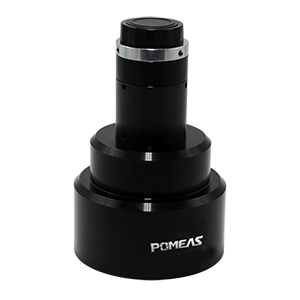
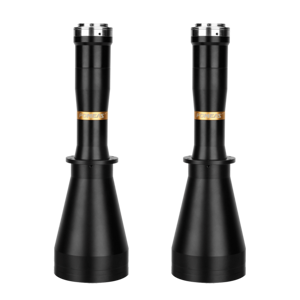
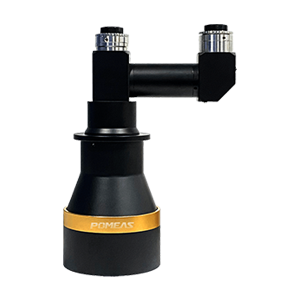
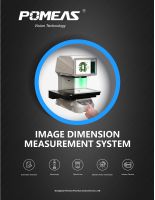


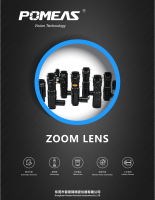
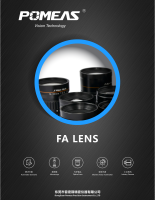
 ASK POMEAS
ASK POMEAS  PRICE INQUIRY
PRICE INQUIRY  REQUEST DEMO/TEST
REQUEST DEMO/TEST  FREE TRIAL UNIT
FREE TRIAL UNIT  ACCURATE SELECTION
ACCURATE SELECTION  ADDRESS
ADDRESS Tel:+ 86-0769-2266 0867
Tel:+ 86-0769-2266 0867 Fax:+ 86-0769-2266 0867
Fax:+ 86-0769-2266 0867 E-mail:marketing@pomeas.com
E-mail:marketing@pomeas.com
